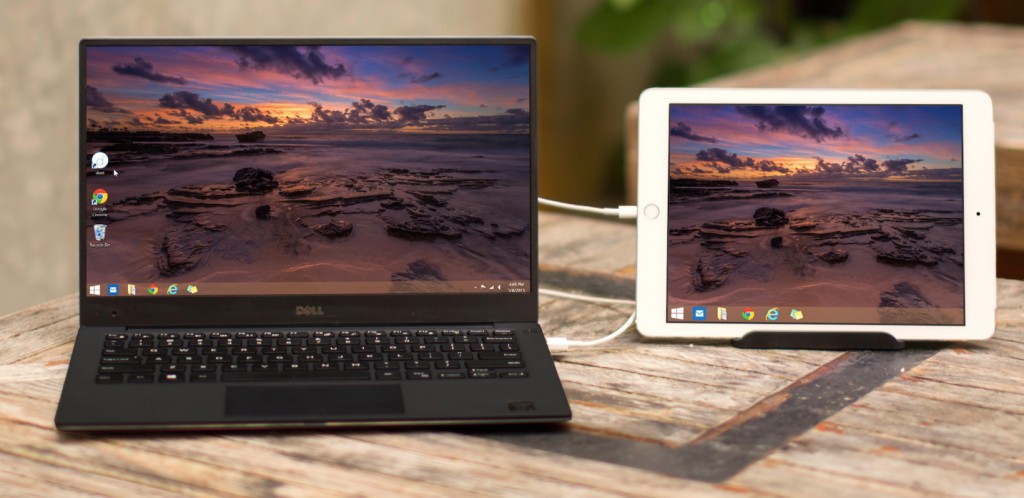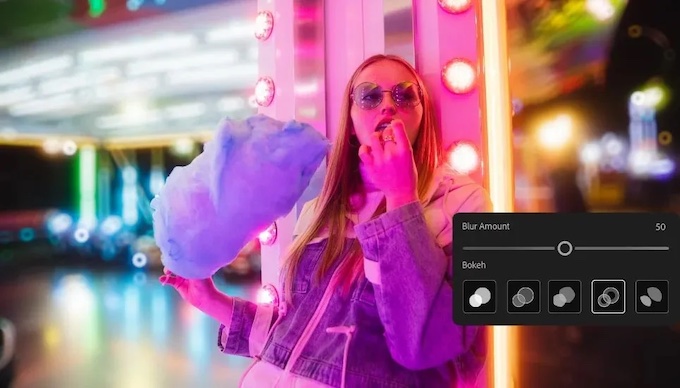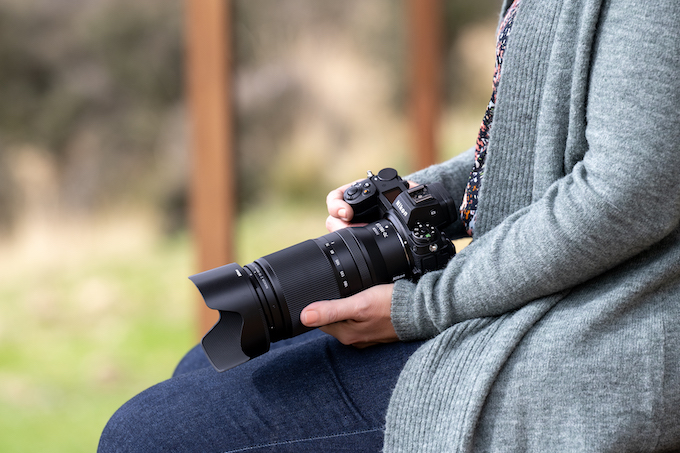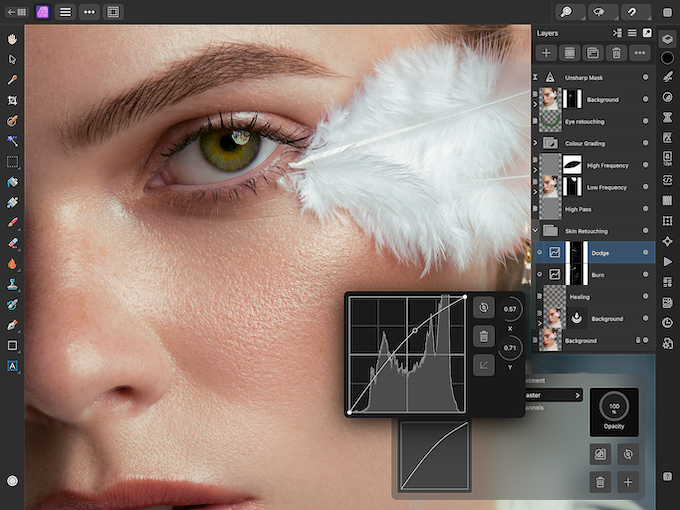Software
Dual displays are nothing new for photographers, particularly in studio settings—even using a tablet as a second monitor isn’t revolutionary, although many people have come away disappointed with apps that connect via WiFi with generally slow refresh rates and lag time.
I don’t have enough room on one of my desks for a second monitor and, of course, only travel with a laptop, so I’ve been looking for a reliable and fast way to use my iPad as a secondary display. Enter Duet Display.
Connected using a 30-pin or lightning cable, Duet Display speeds up the refresh rates, (mostly) eliminates lag times and will bring out the best in your iPad’s retina display. The company, which impressively boasts that the product was developed by “ex-Apple engineers,” is now available for Windows computers as well. You’ll still need an iPad or iPhone with a minimum of iOS 7; desktops/laptops require at least OS X 10.9 or Windows 7.
The setup is simple: Just download and install the free Duet Display software on your computer, then head over to the App store to download the app. At $16, it’s more than I wanted to pay, but I happened to catch it on sale not long ago for $10. After using the app, I’d gladly pay $16 for the convenience.
Once the app has been downloaded and the iPad and computer connected, you can adjust frame rates (30 or 60 fps) and choose display preferences. A fast frame rate and high resolution or Retina settings on the iPad will drain the battery more quickly but energy efficient options are available. Be sure to go into Preferences>Display on your Mac to arrange the layout of both monitors so you know which way to drag your window to bring it onto the iPad.
I used an iPad 2 with iOS 8 and a MacBook Air running 10.9.4, and the combination worked smoothly. With the 30-pin connection there was very little lag, but I occasionally lost the cursor and it took a second to get it back. My guess is that the newer lightning cable will all but eliminate any lag time.
Overall, the combo was very responsive and allowed me to quickly and easily scroll through images in Bridge and in Lightroom. Video files played smoothly, too. Depending on the applications you’re working with and whether or not you make use of the iPad’s touch and gestures, you might want to pick up a stylus to be better able to more precisely perform different tasks.
Want more Tech Tuesdays? Check them out here.






